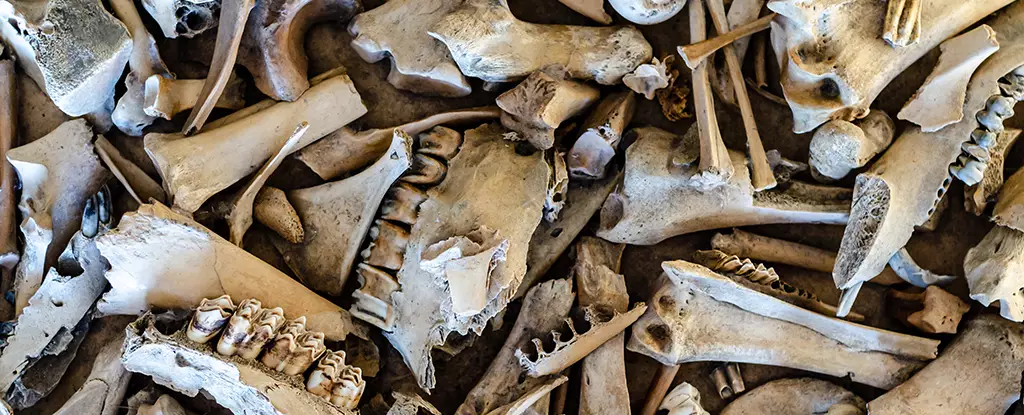For centuries, Neanderthals have been cast as the brutish, less advanced cousins of modern humans—a misconception that oversimplifies their true nature. Recent discoveries reshape this outdated perception, revealing a species capable of sophisticated resource management and strategic planning. The evidence of an ancient “fat factory” in Germany pushes us to reconsider what we thought we knew about Neanderthal intelligence and their ability to manipulate their environment. It is no longer enough to view Neanderthals as mere predators; we must acknowledge their complex behaviors, organizational skills, and strategic resource utilization. These findings serve as a stark reminder that the narrative of human evolution must evolve as well, recognizing the depths of cognitive capacity that are often overshadowed by age-old stereotypes.
The Reality of Neanderthal Innovation
The excavation at Neumark-Nord provides compelling evidence of a level of ingenuity that challenges primitive assumptions. The site reveals systematic bone processing techniques, involving the deliberate breakdown of large mammal bones to extract marrow and fat—nutrients vital for survival in harsh prehistoric environments. This indicates that Neanderthals possessed an understanding of resource management that extends beyond basic survival tactics. Their ability to plan and execute large-scale resource extraction suggests a form of abstract thinking, potentially comparable to early human innovation. Such behavioral complexity hints at a culture that valued efficiency and strategic thinking, traits that are often associated with modern cognition. To dismiss Neanderthals as simple beings is to ignore these intricate behaviors that suggest a species capable of foresight and adaptation.
The Significance of Strategic Resource Use
What makes the Neumark-Nord site remarkable is not just the discovery of bones and tools but the broader implications about Neanderthal society. The presence of fires, custom-cut marks, and organized carcass transport implies these creatures engaged in a form of resource curation, not merely opportunistic scavenging. The ability to cache carcasses for later processing demonstrates a level of long-term planning, a trait once thought exclusive to Homo sapiens. If Neanderthals could manage their resources with such precision, it challenges the narrative that they lacked the cognitive sophistication necessary for cultural and technological advancements. It suggests that resourcefulness, strategic thinking, and even proto-economies might have been vital components of their daily lives—traits we typically associate with more “advanced” societies.
Redefining Our Understanding of Intelligence
The broader implications of these findings extend into how we interpret intelligence itself. For too long, the focus has been on physical prowess and immediate survival strategies when evaluating ancient species. However, evidence of complex bone processing indicates that Neanderthals possibly engaged in planning, calculated effort, and resource sharing. Their ability to manipulate their environment and develop specialized tools for specific tasks speaks of an inner world with depth and nuance. Such traits position Neanderthals not merely as archaic, but as adaptive, innovative, and, remarkably, as individuals with a form of cultural intelligence that mirrors that of early modern humans. This revelation urges us to rethink the rigid categories we have held about human ancestors, recognizing a spectrum of cognitive skills that transcend simplistic notions of “primitive behavior.”
The Ongoing Debate and Its Implications
Despite these groundbreaking discoveries, debates about what ultimately led to Neanderthal extinction persist. Were their strategies and innovations enough to sustain them against the evolving Homo sapiens? Did their sophisticated resource management become a threat when facing new competitors? These questions underscore the importance of appreciating both the strengths and vulnerabilities of ancient species. The Neanderthal story is not just about their decline but also about their resilience, adaptability, and the silent, intricate ways they influenced their surroundings. Their legacy challenges us to look Beyond simplistic narratives, urging a more nuanced understanding of what it means to be intelligent, adaptable, and conscious in a complex world.
In shedding light on Neanderthal life through findings like the fat factory, we are compelled to acknowledge a species that was far more than a side note in human evolution. They were creators of their environment, strategists, and perhaps even proto-innovators—traits that make their story not a tale of extinction but one of remarkable resilience and ingenuity.

Leave a Reply